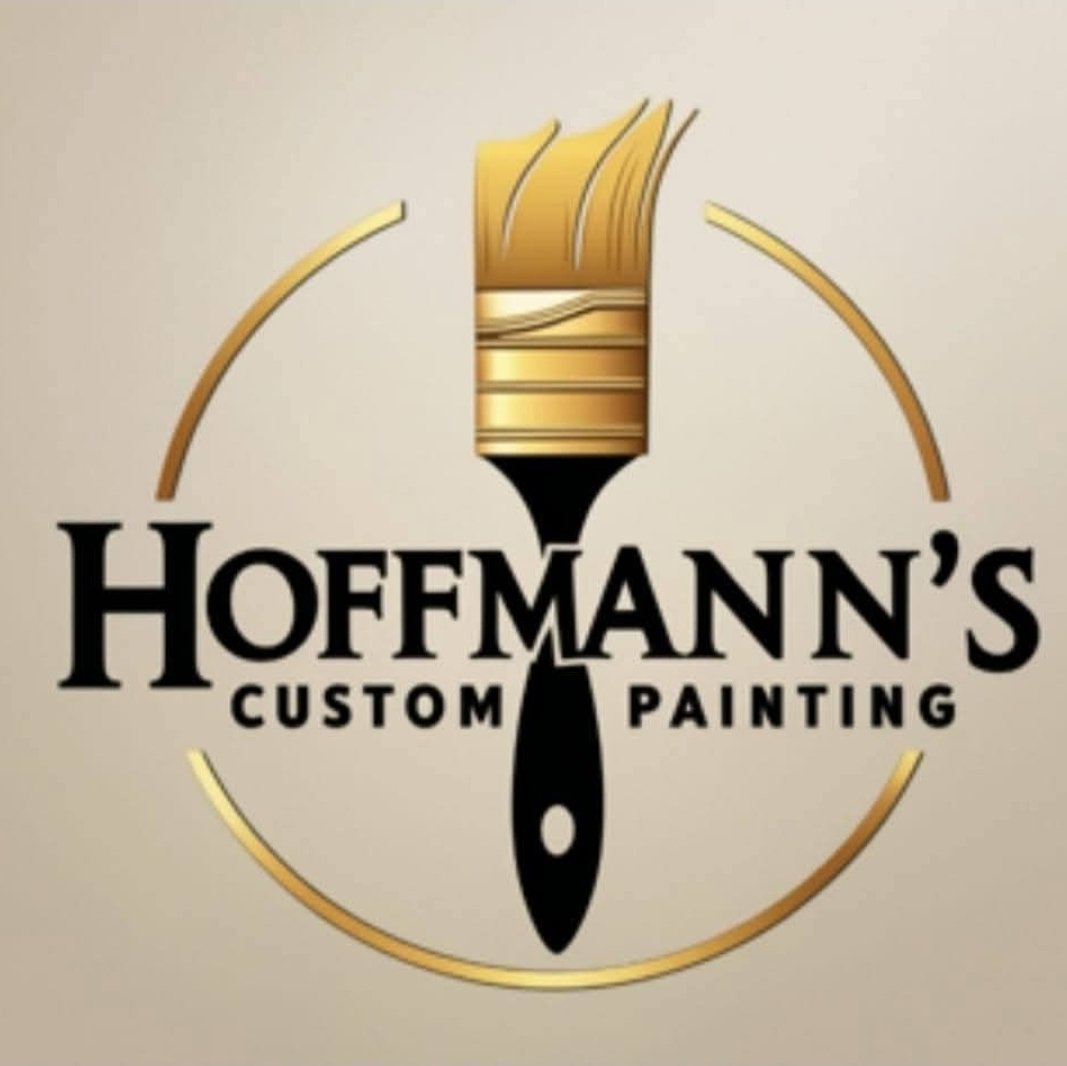
Comisky Construction, Inc.
Comisky Construction, Inc.
With several years experience, we work hard to bring each customer the best possible service and quality available. We look forward to working with you on your next project. We welcome your questions and thank you for your interest.
"DO NOT USE CLANCY! Worst experience I have ever had working with a contractor. He lied to us for months on end, misused and mismanaged our money and then wanted another $20k to continue work he should have already done. He neglected to pay his subcontractors who were then contacting my family to try and get ahold of him to get paid. The work he did do was poor quality or not done at all. We have been informed from subcontractors that he was purposely asking for lower quality products at a lower cost so he could increase his profit, despite our requests for mid-grade products. We cut our losses and fired him. "
H I on February 2025
With several years experience, we work hard to bring each customer the best possible service and quality available. We look forward to working with you on your next project. We welcome your questions and thank you for your interest.
"DO NOT USE CLANCY! Worst experience I have ever had working with a contractor. He lied to us for months on end, misused and mismanaged our money and then wanted another $20k to continue work he should have already done. He neglected to pay his subcontractors who were then contacting my family to try and get ahold of him to get paid. The work he did do was poor quality or not done at all. We have been informed from subcontractors that he was purposely asking for lower quality products at a lower cost so he could increase his profit, despite our requests for mid-grade products. We cut our losses and fired him. "
H I on February 2025














